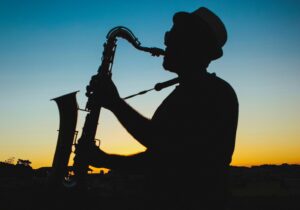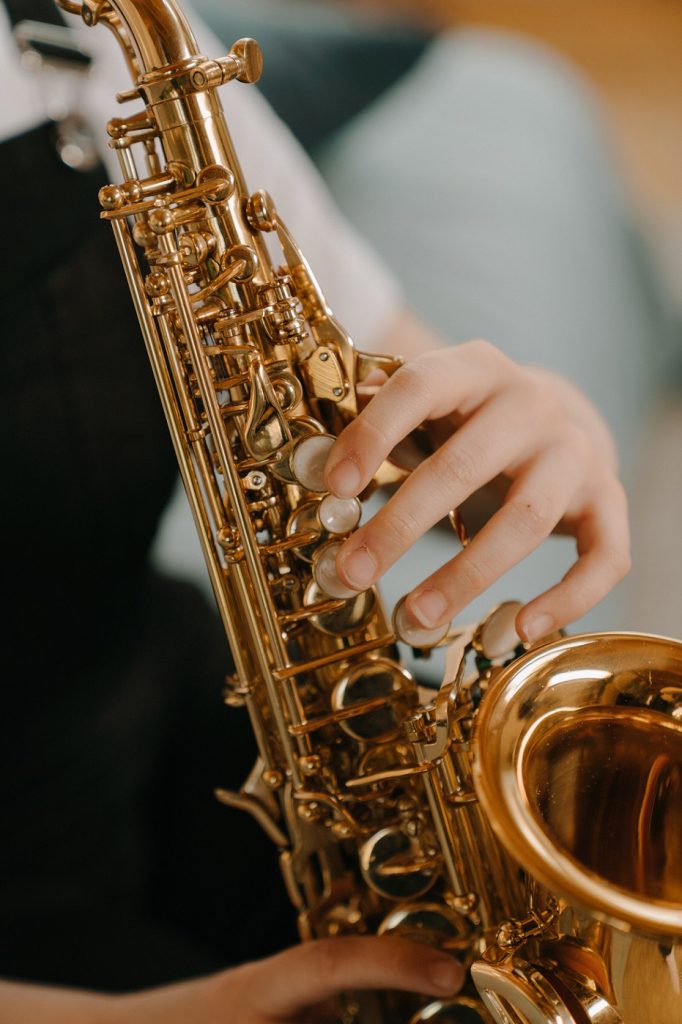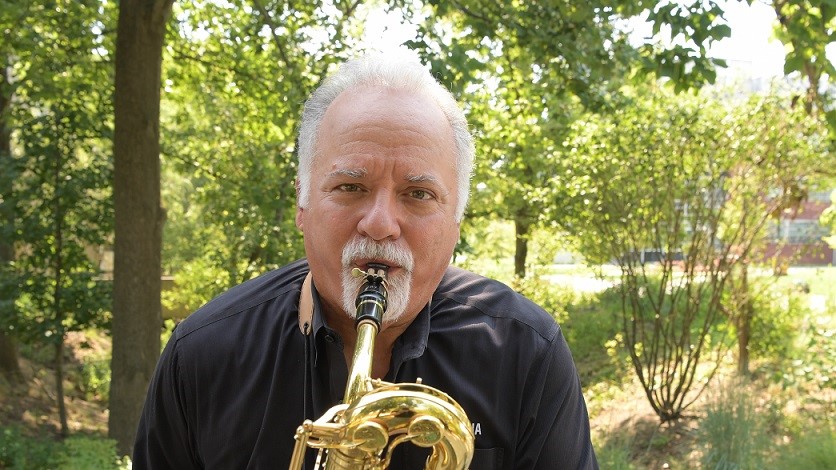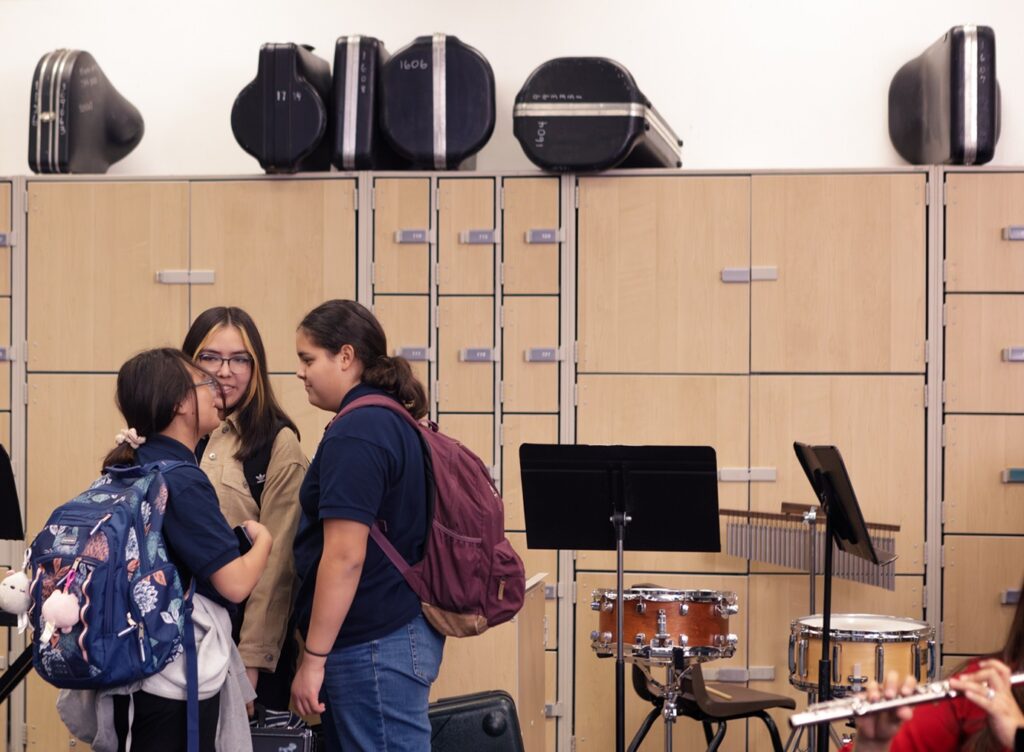Tagged Under:
Use Fusion to Engage Students
Combine two or more genres of music to bridge the gap between music your students know and the realms of classical, jazz and world music.
Fusion is a type of music that takes two or more genres and combines them. Using fusion in the classroom can be a great way to bridge the gap between the hits your students know and the realms of classical, jazz and world music that you need to teach within. To quote an article from the International Society for Music Education’s Dr. Chee Hoo Lum, “Fusion can function as a conduit to bridge the learning of a new musical language.”

Why Use Fusion?
Fusion can help you and your students get out of ruts. One day I was feeling particularly sour after attending a symphony concert that was barely passable — the dated programming and uptight atmosphere felt a bit out of touch for 2024, and it got me thinking about fusion music.
There are far too many teachers and musicians who impose stiff rules onto music, creating an energy-depleting habit for everyone involved. In a world of limitations, I wanted to break free. That day, I took Mozart‘s “The Magic Flute” and added it to a boom-bap beat with orchestral I-V hits. After that, I didn’t feel so put off anymore. Yes, the music was familiar, but it was also more accessible.
Our students aren’t so different from us. Integrating classical music with pop elements can get us and our students out of old habits and help create lessons and experiences that are lively and engaging.
Rather than saying, “Sit down and listen to what I know about this or that,” why not bring something our students can tell us about into the mix?

Listening Exercises: How to Start
Try fusion listening exercises in the classroom. The beauty of Fusion music is that it can combine the familiar with the unfamiliar. This allows for opportunities to hear about what your students think about something in their wheelhouse, and to teach them something from your wheelhouse. I love using classical-pop fusion to teach concepts and history.
My 3-step process to keep students’ attention with fusion listening exercises is simple.
- Step 1: Connect
- Step 2: Explore
- Step 3: Educate
For a listening exercise in fusion, choose a piece that has elements of music both old and new. For example, I might choose The Piano Guys’ “Titanium / Pavane” if I wanted to teach about Romantic music or composer Gabriel Faure.
Start by talking about “Titanium” by David Guetta, a song that most teens will recognize. Discuss what they like about the song, what it feels like. Once you have connected with them, you can bring in new information. For example, I might say, “The second half of the material used in this mash-up is ‘Pavane’ by Faure. This piece was written in the late 1800s, was originally for piano and was based on an old style of Spanish court dance.”
This would be a great opportunity to branch out into the history of Spanish dance music, a topic that would have originally been inaccessible and unrelatable to students in the music classroom in 2024.
Even more modern examples include pop-classical artist Cody Fry and jazz-pop-indie artist Laufey — both musicians perform with live orchestras. Fry’s “I Hear a Symphony” combines a feeling of a ballad-pop-love song with romantic feeling moving string lines and dramatic orchestral swells.
In an interview in Timeout, Laufrey said, “My fans come [to my shows], and often it’s their first time seeing a live orchestra play – my hope is maybe they’ll come back next week and listen to a Mahler symphony or something.”

World Music Fusion
Music educator Chee Hoo Lum asked, “When will we get past the ‘basics and fundamentals’ when we decide to introduce new musical genres of the world to students? Or do they often remain ‘exotic’ and trapped in some representative bubble?”
I use fusion to introduce world music like raga. This Tiktok video shows using Western scales to explain ragas in an accessible way. Artist Raga the Rnb takes Western songs like “Arcade” and turns them into Hindi-RnB style covers with an ornamental vocal style.
Fusion gives students the sense that music is meant to be combined, played with and enjoyed by everyone.

Jazz Fusion
In a similar way, jazz fusion listening exercises provides talking points on both jazz and rock. Frank Zappa performed both rock and jazz fusion. The band, Return to Forever, combined jazz and rock, with the quintessential pianist Chick Corea at the forefront. Laufey also has a very jazzy sound in her song, “From The Start,” which would make an excellent talking piece for Bossa-Nova rhythms. Then there’s Postmodern Jukebox, a musical collective dedicated to making popular songs sound like different eras of jazz.
If you want to teach jazz to rock lovers, try jazz fusion. If you want to teach classical ideas to pop-lovers, try classical fusion. Whatever new style you’re trying to introduce has a gateway genre.

Teach Music Analysis
It’s also easy to teach music theory and musical analysis with fusion.
Let’s go back to the example of “Titanium / Pavane.” You could use this mashup to introduce the concept of the motif because the running eight-note theme runs throughout the song. Around 4:22 the pianist takes a preexisting idea of “Titanium” and turns it into a theme and variations.
This idea could be fleshed out into a myriad of lessons, especially if you add visual elements like Smartboard lessons on music theory or visual worksheets with the names of the new concepts.

Mashups: Have Students Create Something New
As I mentioned earlier, creating fusion mashups can make you and your pupils feel engaged.
Give your students a list of songs in the same key and have them create a new fusion mashup using music technology like free digital audio workstations (DAWs). For younger students, you could do the heavy lifting and create a mashup as a lesson on a projector or Smartboard.
For middle schoolers, you may want to select a few songs that your students can choose from. On the back end, line up the tunes and make sure the BMP (tempo) and key signatures are aligned. Unless you’re teaching an upper-level high school composition class, be prepared to make the options narrower and plan for some prep time. Songs already close to the same tempo and key work the best for this project. You can find a lot of separated-out stems on YouTube, or you can splice up the song using tools like melody.ml. The opportunities for new combinations are nearly endless — so start exploring and have fun!
You can also ask students to write a short paper about the piece of music from the mashup that they know the least about.
Free online DAWS and free downloadables like Nuage, Garageband, SoundTrap, Audacity, FL Studio and more can be invaluable tools in teaching your students how to compose and record.

More Classical Fusion Artists and Mashups
Finally, I’d like to point you to some of the most popular fusion artists in addition to the artists already listed in this article.
The following mashups are also very compelling: “In the Hall of the Bad Guy” (Grieg, Eilish), “Hello/Lacrimosa” (Adele, Mozart) and “Bangarang Swan Lake” (Tchaikovaky, Skrillex). Check them out!
Fusion and mashups are great tools to use in your classroom or private lessons when introducing genres that are unfamiliar to students. Combining familiar music with unfamiliar music will make students step outside their comfort zone and start listening to something new. From the Adele-Mozart and Dubstep-Tchaikovsky mashups above to jazz-rock fusion, there is a lot to hear and analyze.
Reference
Situating Fusion in Music Education, Chee Hoo Lum















